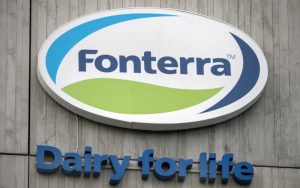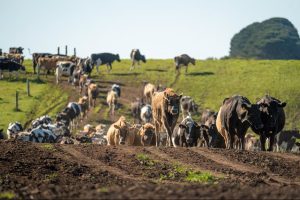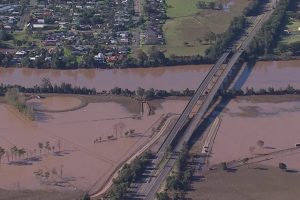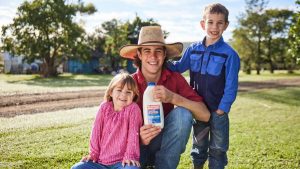
The auction continued the pattern of the first mid-season event a fortnight ago with no milk again sold.
Milk suppliers – all from south-western Victoria – were looking for an average of $8.70/kg MS.
But the Milk Exchange says market interest is strong with suppliers receiving strong follow-up inquiry since the auction a fortnight ago.

After the last auction, milk sold in northern Victoria for the back half of the season for $8.25/kg MS.
The Milk Exchange said supplier price expectations remained high given tight supply and high demand from processors.
Milk suppliers offered 28.8 million litres of farm milk at the auction – with the average contract size 5.7 million litres.
The exchange was launched in 2020, offering farmers the opportunity to directly sell milk to buyers, through a platform where offers to buy and sell are listed.
The next auction is scheduled for February 23.
Australian production decline continues
The latest figures from Dairy Australia confirm that Australian milk supply is tight.
The December figures revealed a 1.2 per cent decrease compared with the same month in 2020.
Year-to-date production is down 2.1pc.
Western Australia led the decline, down 5.3pc for December and 4.5pc for the first half of the season.
Wet conditions have hampered production in Tasmania and southern Victoria with production down 3.6pc in December in Tasmania, 3.8pc in Western Victoria and 2.4pc in Gippsland.
But NSW is seeing big growth – up 5.2pc in December and 3.6pc year to date, while Northern Victoria has rebounded with a 1.1pc lift in December to be just 0.4pc down year to date.
South Australian production is also growing, up 2.2pc in December and 0.1pc year to date.
After years of decline, production in Queensland seems to have stabilised with year-to-date production on a par with the previous season on the back of a slight 0.5pc increase in December.
























